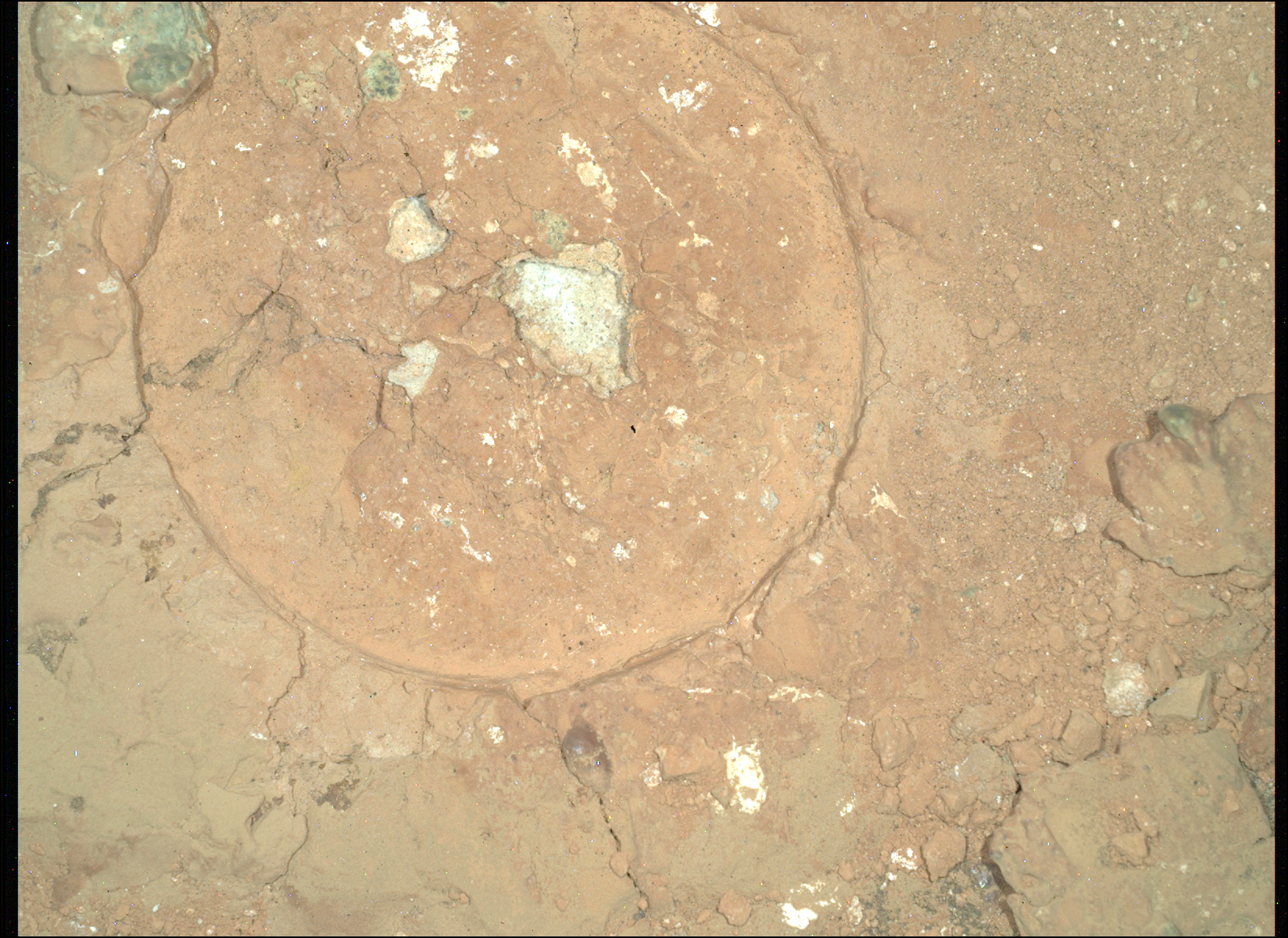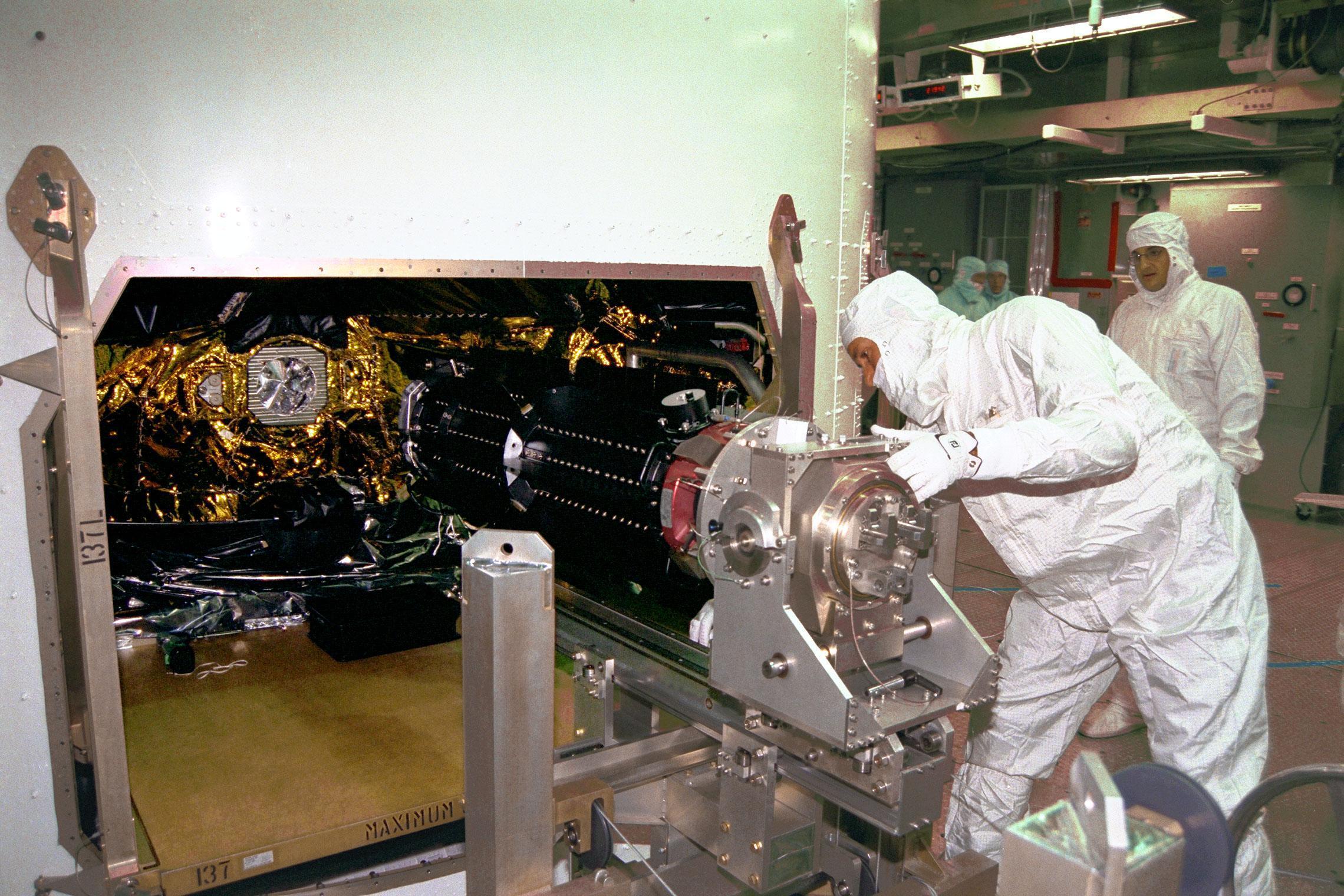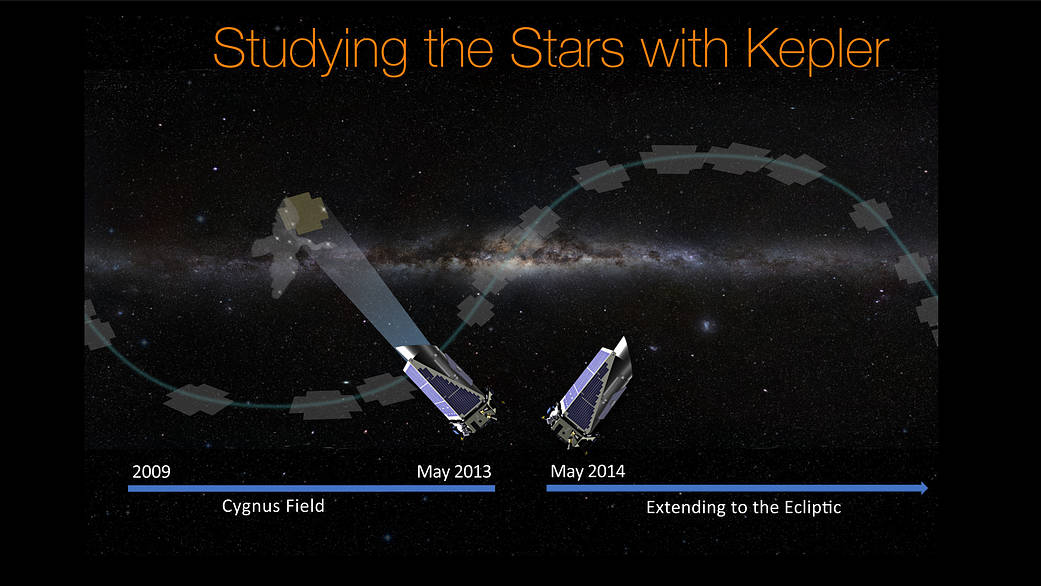Kepler was the first NASA mission capable of detecting Earth-size planets, using the transit method, a photometric technique that measures the minuscule dimming of starlight as a planet passes in front of its host star. For the first four years of its primary mission, the space telescope observed a set starfield located in the constellation Cygnus (left). New results released from Kepler data today have implications for understanding the frequency of different types of planets in our galaxy and the way planets are formed. Since 2014 the Kepler telescope has been taking data on its extended second mission, observing fields on the plane of the ecliptic of our galaxy (right).
Image credit: NASA/Ames Research Center/Wendy Stenzel





























